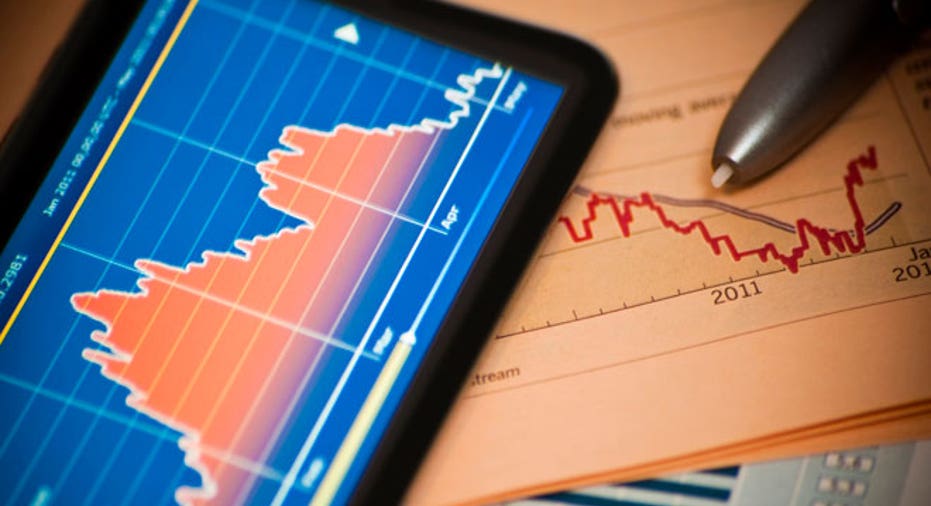Do Convertible Bonds Belong in Your Portfolio?

Stocks or bonds? This is a question investors often ask when deciding which types of securities they should buy for their portfolio. However, it does not always have to be an either/or question. There is one type of hybrid security that can literally be a bond anda stock.
A convertible bond or note is a bond that can be changed into a predetermined number of shares of the issuer’s common stock at a specified price. The buyer might opt to make the conversion, or in some situations, the issuing company might call (redeem) the bond, thus forcing the conversion.
The Risk-Return Equation
Convertible bonds are commonly issued by companies with a low credit rating and high growth potential. There are several different types of convertible bonds, including vanilla, mandatory, reverse and packaged convertible bonds.
These types of bonds usually pay lower interest rates than regular corporate bonds, because bondholders receive cash flow from coupon payments and can potentially benefit if the price rises and they decide to convert the bond to stock. If the stock underperforms, the bondholder likely will not opt to convert and will receive a lower yield than a comparable non-convertible bond. This is the risk-return component of investing in convertible bonds.
Convertible bonds tend to be more popular during times of low interest rates like we have been experiencing over the past few years, since they offer the potential of higher returns if the issuing company’s stock price rises. An improving economy also makes convertible bonds more attractive, since the stock market tends to perform better when the economy is humming.
Convertibles are a way for investors who are leery of the stock market potentially to benefit from stocks without assuming as much risk as is normally associated with stock market investing. This is because they offer a degree of protection against stock declines, since the full principal is paid out to bondholders at maturity, just like with a non-convertible bond.
How They Work
When you purchase a convertible bond, it will feature a conversion ratio that dictates how many shares of stock the bond can be converted into. For example, if you bought a convertible bond with a conversion ratio of 20:1, you would be able to convert the bond into 20 shares of common stock.
The prices of convertible bonds usually follow the prices of the bond issuer’s common stock very closely. As the price of the stock nears the conversion price, the price of the bond will correspondingly rise along with it. An exception is when the share price falls drastically, in which case investors at a minimum will receive par value when the bond matures.
If the share price rises to a point where it is higher than what it would be if the bond were redeemed, the issuer might decide to call the bond to reduce its exposure to high price volatility. This effectively limits the capital appreciation potential for buyers of convertible bonds when compared to buyers of shares of stock in a company.
In other words, there is not as much potential for high returns when buying convertible bonds as there is when buying shares of regular stock. This is another side to the convertible bond risk-return equation. The following example helps explain how a convertible bond limits both potential return and risk for an investor:
Suppose you decide to buy a $5,000 bond when ABC Company is trading at $40 per share and issues $5 million worth of three-year convertible bonds yielding 5 percent with a 25 percent premium, meaning that in order to convert the shares, you would have to pay the share price at the time of issuance plus 25%. You would be given the option of converting your bond to shares in the company if the share price reached $50 (per the 25 percent premium).
Let’s assume the stock is trading at $55 per share when the bond matures in three years. If you converted to stock, you would book a $5 per share profit.
To protect the company’s interests, though, executives decided that they would not allow the share price to go above $75 without calling the bonds. This caps the total return you could realize at $25 per share. On the flip side, if the stock price falls to $30 per share, you would still receive the full face value of your $5,000 bond at maturity, thus offsetting some of your loss in the stock.
Right for You?
While it might sound exotic, a convertible bond is really a straightforward type of security that enables you to limit the risk of investing in stocks. The tradeoff is that your potential return is also limited. If you are new to stock market investing, or if you are uncertain about buying the shares of a specific company, convertible bonds might be a good way to dip your toe in the water.
More from MoneyTips.com:Asset AllocationUnderstanding Mutual Fund InvestingPortfolio Balancing and Rebalancing



















